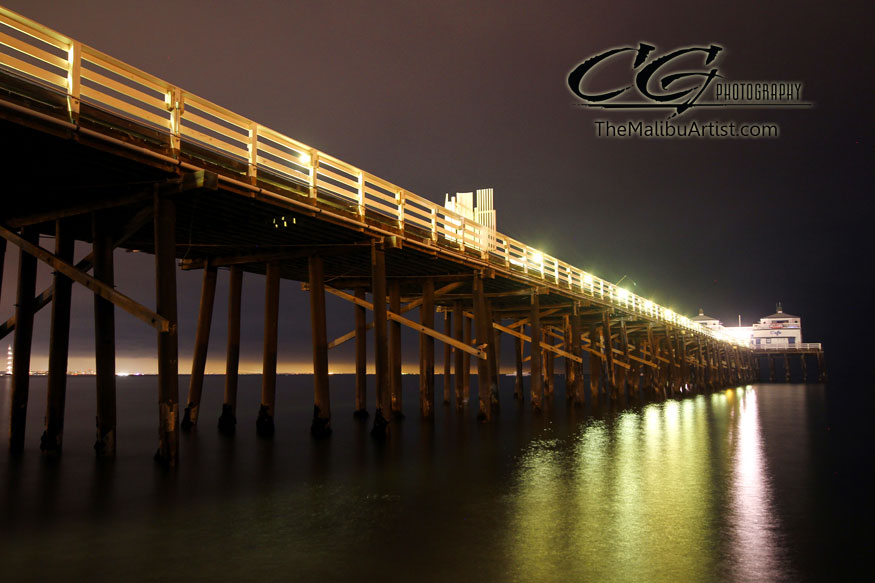A concert is one such scene. It's low light, the lights change constantly and the artist/musician is usually in motion. Plus management doesn't allow you to use flash what-so-ever. My first concert shoot was an intimate show by the band Dishwalla back in 2000. It was a fun gig, but more than anything, it was a learning experience I really needed.
Most of my shots came out blurry or out of focus and just plain dark. I didn't understand why until I began to understand that shooting without a flash was actually a challenge. Luckily, I was able to get one shot to be decent for the publication. But I learned a lot and I spent the next week practicing in low light conditions. The first thing I did was go out and buy a fast prime lens. For me, that was a 50mm 1.8 lens.
I bought the lens and went straight to practice (yes, I turned off the lights). What did I practice on?....My cats! In fact, it was almost perfect. The electricity went out during a heavy thunderstorm the first night I had my fixed 50mm 1.8 lens. With my fixed 50, I quickly learned that shooting at 1.8 was really fun!
Here's one of my practice shots. To this day, this is one of my most treasured images I've ever taken.
Here's a my list of tips for anyone shooting objects moving in low light without flash: I now live by these guidelines even when I'm shooting reception photos at weddings.
- You need to shoot wide open. F8 just won't cut it. If possible get you a fixed 50 1.4 or 1.8 lens. The 1.8 is my favorite. Both of those lens are musts for concert or low light photography.
- Do not be afraid to "push" your ISO. Most digital SLR's are amazing at high ISO's. Learn about ISO Expansion in your user manual. Typically, 800ISO is preferred for concerts, but many times you have to go as high as 3200 ISO. Again, do not be afraid to shoot it at high ISO.
- Time your shots. I've gotten really good at timing the action. Along with shooting continuously, you will learn that most of the sharpest images will always be when the performer is at the peak of the action (If he/she jumps up during a dance, it means taking the image at the top of the jump when, for a fraction of a sec, the artist is still).
- Remember, it's better to underexpose by a half stop, than to overexpose.
Since that first shoot, here are some examples of some other concert images I've taken using the lessons I learned.
 |
| The Edge of U2 during the Vertigo Tour in Denver 2005. |
 |
| Brittany Spears taken with a 70-200mm 2.8 lens. |
 |
| Steve Tyler of Aerosmith taken with a 50mm. |
The bottom line, it took a bunch of dark and blurry photos for me to learn how to shoot a concert. It's allowed me to appreciate a fixed lens that I now consider a must for anyone with an SLR.
Here's a link to the very affordable fixed 50mm lens that I recommend.
http://www.bhphotovideo.com/c/product/12142-USA/Canon_2514A002_Normal_EF_50mm_f_1_8.html
There is also a lens I really really recommend, but at a much higher price; the 50mm 1.4.
http://www.bhphotovideo.com/c/product/12140-USA/Canon_2515A003_50mm_f_1_4_USM_Autofocus.html
-cg












